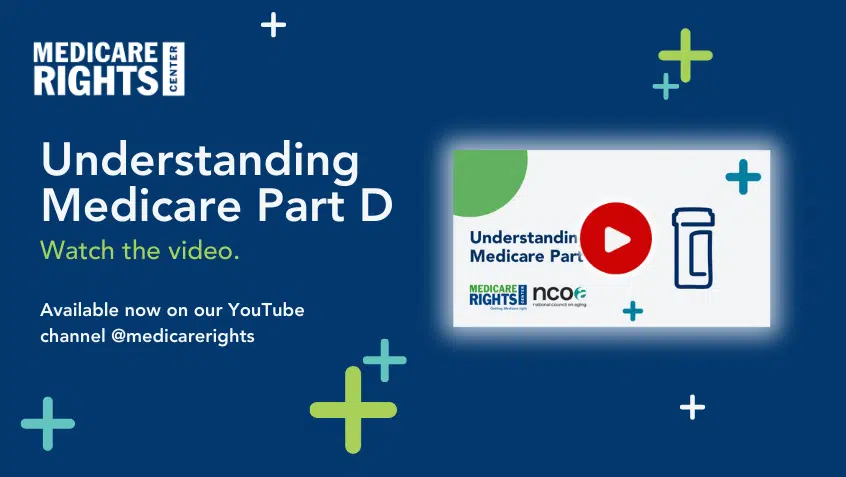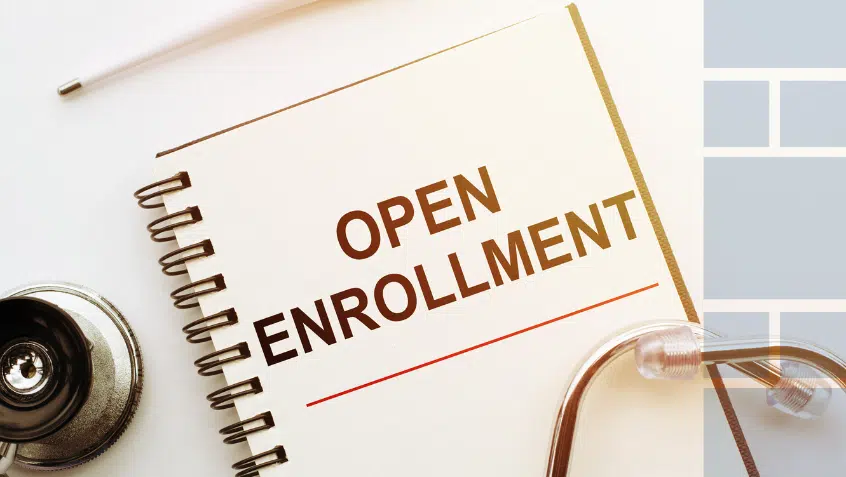Join Us Live for a Discussion on Medicare, Democracy, and the Future of Health Care
New Analyses Show Limits of Beneficiary Shopping for Coverage

Two new analyses from the Kaiser Family Foundation (KFF) show that limited numbers of people with Medicare review their current coverage, compare various coverage options, or switch plans each year. This pattern exposes beneficiaries to higher costs and the risk of having the wrong coverage for their circumstances.
According to the first analysis, only about half of people with Medicare Advantage (MA) review their current coverage, including looking for changes in costs, coverage, or drug formularies. Even fewer people—around 30%—compare their coverage to other MA plans available in their zip codes. That number drops to 18% when it comes to comparing their current drug coverage to the drug coverage in other plans. Black and Hispanic enrollees are less likely to review their current coverage and to compare their coverage with other available plans than white enrollees are. People with lower incomes or who are dually eligible for Medicare and Medicaid are also less likely to review and compare their coverage.
Additionally, the analysis reveals that relatively few people consult official Medicare communications for information. Only about 29% of people with Medicare have ever used the 1-800-MEDICARE helpline. That number increases to 44% who have used the Medicare website and 49% who have read some or all of the “Medicare & You” handbook. As with reviewing and comparing coverage options, these numbers change with the demographics of enrollees.
The second KFF analysis shows that since 2008, only around 10% of MA enrollees switch to a different MA plan each year. A larger number of stand-alone Part D enrollees—21%—switch to another stand-alone plan or to an MA plan that includes drug coverage. The likelihood of an enrollee switching is very age dependent, with those over age 85 the least likely to switch either MA or stand-alone Part D plans.
These numbers are concerning because the current marketplace for MA and Part D coverage relies on enrollees shopping for coverage to find the right fit for their circumstances. If enrollees are not willing to shop, perhaps because they find it too burdensome or confusing, they may end up sticking with a bad plan for too long, paying more out-of-pocket, or going without the services they need. Currently, the over-abundance of plans, coupled with predatory marketing, means that few people will be able to make optimal choices for their needs.
We urge people with Medicare to assess their coverage and options each year. But we also will continue to urge the federal government to improve outreach and communication with beneficiaries and to simplify Medicare choices by holding plans to higher standards, standardizing plan offerings, and creating more robust oversight of marketing and plan behavior to ensure people get the care they need.
Medicare’s annual open enrollment period runs from October 15 to December 7. Need help with your Medicare coverage? Contact your local State Health Insurance Assistance Program (SHIP) for unbiased, one-on-one counseling; contact Medicare online at https://www.medicare.gov/ or by calling 1-800-MEDICARE; or call the Medicare Rights Center’s national helpline at 800-333-4114.
Read the KFF analysis on beneficiary patterns of reviewing and comparing plans.
Read the KFF analysis on beneficiary patterns of switching plans.
Show Comments
We welcome thoughtful, respectful discussion on our website. To maintain a safe and constructive environment, comments that include profanity or violent, threatening language will be hidden. We may ban commentors who repeatedly cross these guidelines.
Help Us Protect & Strengthen Medicare
Donate today and make a lasting impact
More than 67 million people rely on Medicare—but many still face barriers to the care they need. With your support, we provide free, unbiased help to people navigating Medicare and work across the country with federal and state advocates to protect Medicare’s future and address the needs of those it serves.
The Latest
Most Read
Add Medicare to Your Inbox
Sign up to receive Medicare news, policy developments, and other useful updates from the Medicare Rights.
View this profile on InstagramMedicare Rights Center (@medicarerights) • Instagram photos and videos









